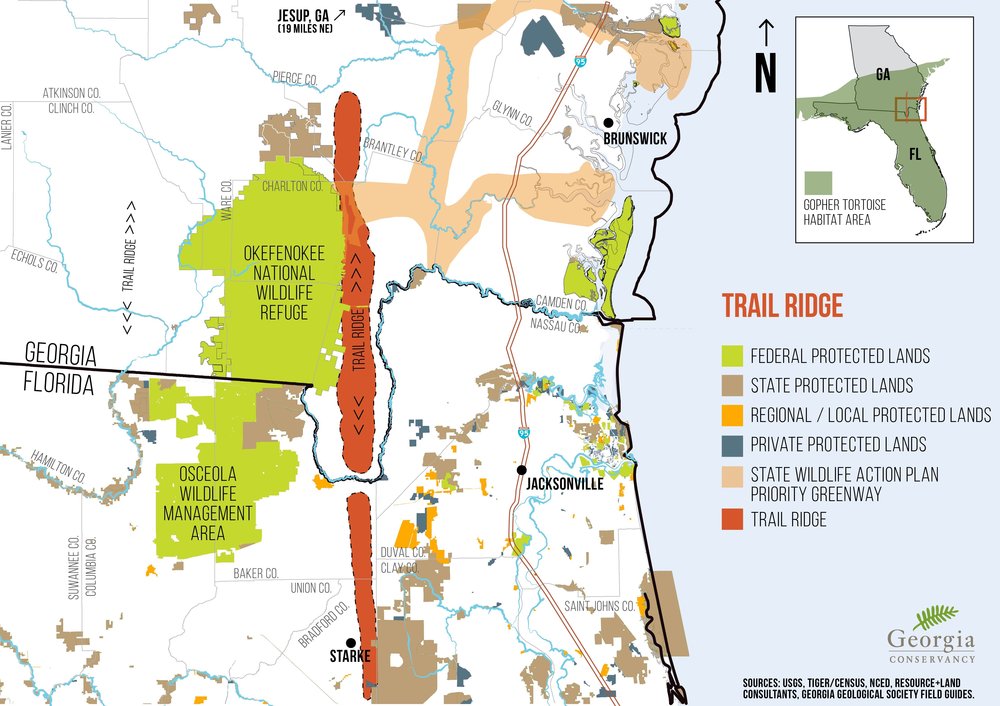Update 2020-02-21: Very high E. coli on Okapilco feeder creek 2020-02-19.
Florida testing shows the contamination Suzy Hall detected Monday at Knights Ferry on the Withlacoochee River appears to have reached the state line and into Florida the next day, at least as far as Florida 6, which is just upstream from Madison Blue Spring.
The day after, Wednesday, February 18, 2020, levels were above normal but not alarming that far down (other than at the state line), and there was a hot spot at CR 250 (Dowling Park Ramp).
![[Downstream into Florida]](https://www.wwals.net/pictures/2020-02-19--fl-wq-results/downstream-fl.jpg)
Downstream into Florida
The entire WWALS composite spreadsheet of data from three Florida agencies, WWALS, and Valdosta is
on the WWALS website.
As usual, you can help.
Once again, upstream on the Withlacoochee, US 84 and above, Valdosta and WWALS testing Monday showed nothing remotely as high as these downstream results. And my spot check on the feeder creek at US 84 that runs into Okapilco Creek showed nothing out of the ordinary. Which leaves the prime suspect still the Quitman Land Application Site (LAS), which is near Okapilco Creek, south of US 84. And Okapilco Creek runs into the Withlacoochee River between US 84 and Knights Ferry. I have scheduled an appointment to go investigate the Quitman LAS.
Despite leaving messages at the Georgia Environmental Protection Division (GA-EPD) the past two days, I’ve gotten no response from them. Ironically, the Florida agencies communicate with WWALS Continue reading


![[U.S. Rep. Al Lawson to USACE]](https://www.wwals.net/pictures/2020-02-13--al-lawson-usace-tpm/Lawson-to-EPA-letter.jpg)

![[Twomile Branch, N. Patterson St., Valdosta, GA]](https://www.wwals.net/pictures/2020-02-10--vld-fog-spill-patterson-st/2020-02-10--map-fog-spill.jpg)

![[Green upstream Withlacoochee]](https://www.wwals.net/pictures/2019-12-21--little-river-withlacoochee-spook-bridge/80591632_3099031013445557_9175196200444362752_o.jpg)
![[Ducks with reference human]](https://www.wwals.net/pictures/2020-01-29--piscola-creek-vww/20200129_170119.jpg)
![[2020-01-22 -- 2020-01-29]](https://www.wwals.net/pictures/2020-01-29--piscola-creek-vww/2020-01-29--creeks-withlacoochee-wq.jpg)

![[Movie: Fines? Lawsuits? EPA answer questions? (331M)]](https://www.wwals.net/pictures/2020-01-08--wwals-fl/MVI_1415.jpg)
![[DPH was not notified of Valdosta sewage spill]](https://www.wwals.net/pictures/2020-01-07--ga-dph-vww/2020-01-07--ga-dph-vww-0001.jpg)